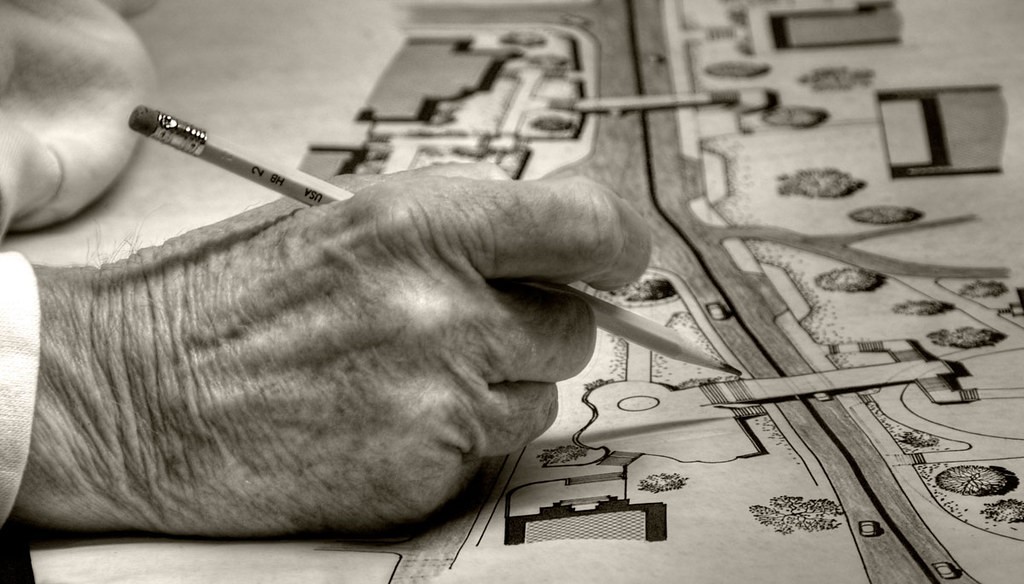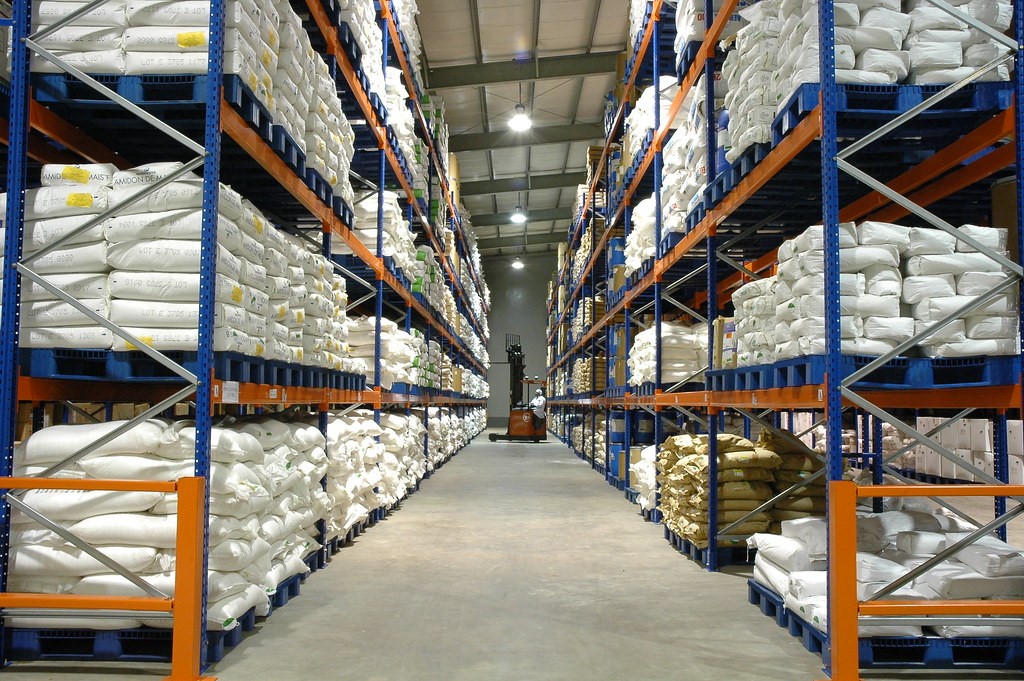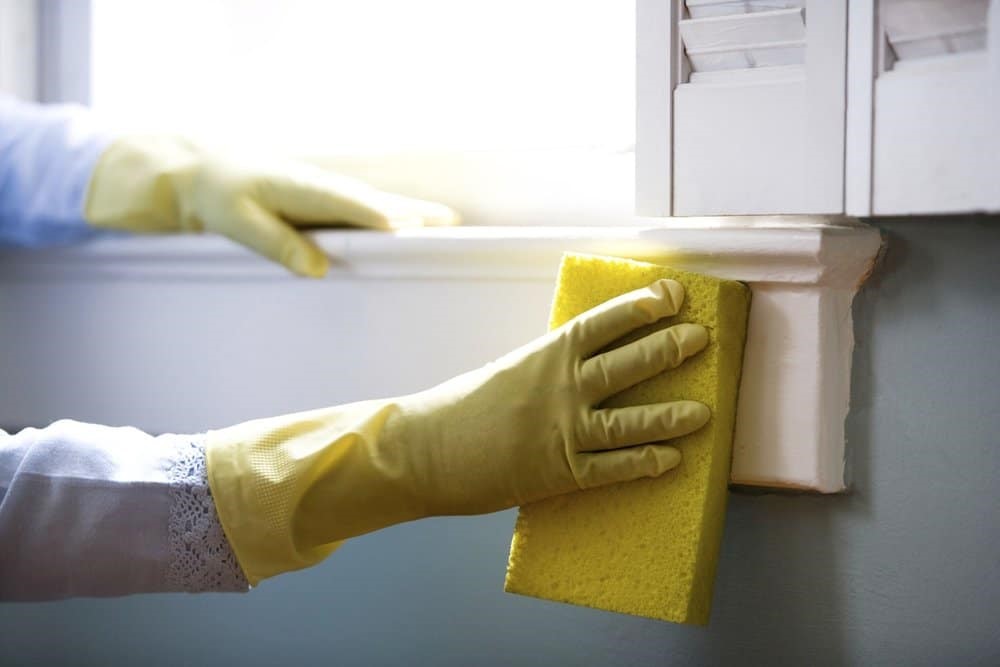Are Dental Implants Worth the Investment? A Look at Long-Term Benefits
Dental implants are often seen as the gold standard for replacing missing teeth—but they do come with a higher upfront cost than other options like dentures or bridges. So, are they really worth it? When you take a closer look at the long-term benefits, the answer becomes much clearer. Dental implants offer lasting comfort, functionality, and confidence.

Long-Term Benefits of Dental Implants
Let’s explore why many people consider dental implants in Raleigh NC a smart and worthwhile investment.
Built to Last
One of the biggest advantages of dental implants is their durability. While dentures and bridges may need to be replaced every 5 to 10 years, dental implants can last 20 years or more with proper care—and many last a lifetime.
The titanium post that anchors the implant fuses with your jawbone, creating a stable, permanent foundation for the artificial tooth. That long-term reliability means fewer replacements, fewer appointments, and fewer expenses down the road.
A Natural Look and Feel
Another key reason people choose implants is the natural appearance and sensation they provide. Implants are custom-made to match your surrounding teeth in color, shape, and size. They also function just like real teeth, so you can eat, speak, and smile with total confidence.
Unlike dentures, which can slip or feel bulky, implants stay firmly in place. Over time, you might even forget they’re not your natural teeth—making them a more comfortable and convenient option.
Preserving Your Jawbone and Facial Structure
When you lose a tooth, your jawbone can begin to shrink in that area due to lack of stimulation. This bone loss not only weakens the jaw but can also change the shape of your face over time. Traditional dentures and bridges don’t address this issue.
Dental implants, however, stimulate the jawbone just like natural teeth roots. This helps prevent bone loss and preserves the overall structure of your face. In the long run, that can protect your appearance and oral health.
Low Maintenance, High Reward
While dental implants require surgery and a healing period, once they’re in place, they’re surprisingly low-maintenance. You care for them just like your natural teeth—by brushing, flossing, and seeing your dentist regularly.
There’s no need for soaking solutions, adhesives, or special cleaning routines. That simplicity can save you time, reduce hassle, and make your daily routine much easier.
Boosting Confidence and Quality of Life
Perhaps the most rewarding benefit of dental implants is the boost they give to your self-esteem. Missing teeth can make you hesitant to smile, laugh, or speak in public. Implants restore your full smile, often making patients feel younger and more confident.
Additionally, implants allow you to eat a wide variety of foods without discomfort. Whether you’re biting into an apple or enjoying a steak, implants let you enjoy meals again without fear or embarrassment.
Conclusion: Long-Term Benefits of Dental Implants
While the initial cost of dental implants may be higher, the long-term advantages make them a smart and rewarding investment. They offer unmatched durability, natural function, and a powerful boost in confidence. Plus, they promote better oral health and facial structure over time. If you’re looking for a lasting solution to tooth loss, dental implants might just be the right choice for your smile—and your future.














